
Great Mass in C minor, K. 427/417a, is the common name of the musical setting of the mass by Wolfgang Amadeus Mozart, which is considered one of his greatest works. He composed it in Vienna in 1782 and 1783, after his marriage, when he moved to Vienna from Salzburg. The large-scale work, a missa solemnis, is scored for two soprano soloists, a tenor and a bass, double chorus and large orchestra. It remained unfinished, missing large portions of the Credo and the complete Agnus Dei.

Mass No. 2 in G major, D 167, by Franz Schubert was composed in less than a week in early March 1815 and remains the best known of his three short settings, or missae breves, dating between his more elaborate No. 1 and No. 5. Apart from some passages for soprano, its solistic interventions are modest; Schubert, characteristically, inclines toward a devotional mood. The First Mass had been successfully performed in the composer's parish the year before.
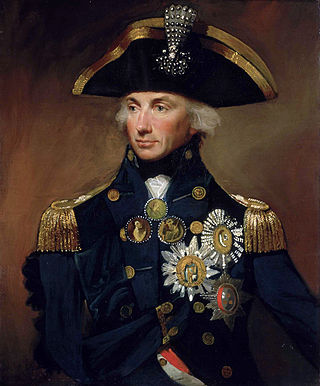
The Missa in angustiis, commonly known as the Nelson Mass, is a Mass setting by the Austrian composer Joseph Haydn. It is one of the six masses written near the end of his life that are seen as a culmination of Haydn's composition of liturgical music.
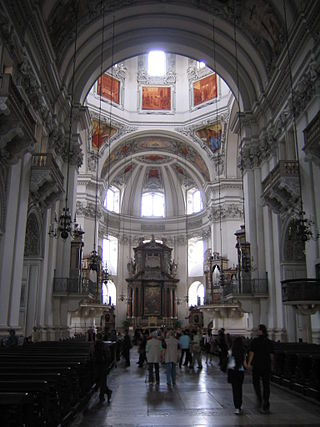
The Krönungsmesse, composed in 1779, is one of the most popular of Wolfgang Amadeus Mozart's 17 extant settings of the Ordinary of the Mass. It can be classified as either a Missa brevis or a Missa solemnis because although it includes all the sections of the Ordinary, it is relatively short.

Missa brevis usually refers to a mass composition that is short because part of the text of the Mass ordinary that is usually set to music in a full mass is left out, or because its execution time is relatively short.

Gioachino Rossini's Petite messe solennelle was written in 1863, possibly at the request of Count Alexis Pillet-Will for his wife Louise to whom it is dedicated. The composer, who had retired from composing operas more than 30 years before, described it as "the last of my péchés de vieillesse".

The Mass No. 3 in F minor, WAB 28, is a setting of the mass ordinary for vocal soloists, chorus and orchestra, and organ ad libitum, that Anton Bruckner composed in 1867–1868.
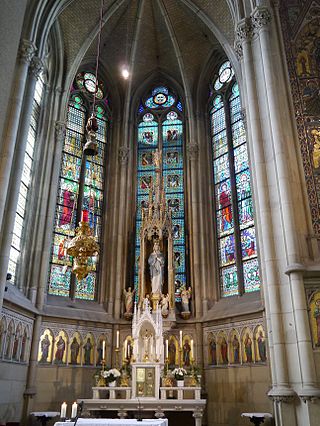
The Mass No. 2 in E minor, WAB 27 is a setting of the mass ordinary for eight-part mixed choir and fifteen wind instruments, that Anton Bruckner composed in 1866.
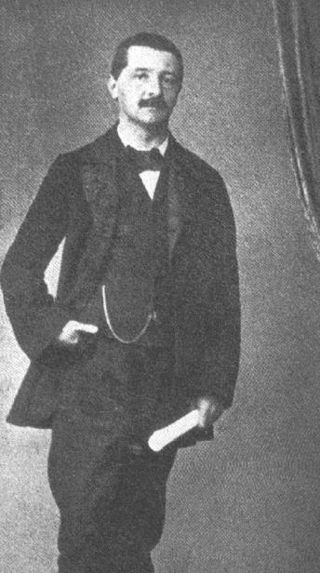
The Missa solemnis, WAB 29, is a solemn mass composed by Anton Bruckner in 1854 for the installation of Friedrich Mayer as abbot of St. Florian Monastery on 14 September 1854.

The Mass No. 1 in D minor, WAB 26 by Anton Bruckner, is a setting of the Mass ordinary for soloists, mixed choir and orchestra, and organ.
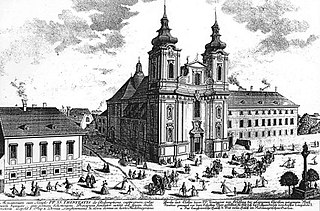
Mass No. 6 in E-flat major, D 950, is a mass composed by Franz Schubert, a few months before his death. It is scored for two tenor soloists, soprano, alto and bass soloists, SATB choir with divisi, 2 oboes, 2 clarinets, 2 bassoons, 2 horns, 2 trumpets, 3 trombones, timpani, violin I and II, viola, cello, and double bass. It was Schubert's final setting of the order of Mass, and is classified as a missa solemnis.

The Windhaager Messe, WAB 25, is a missa brevis composed by Anton Bruckner in 1842.

The Kronstorfer Messe, WAB 146, is a missa brevis composed by Anton Bruckner in 1843-1844.

The Messe für den Gründonnerstag, WAB 9, is a missa brevis composed by Anton Bruckner in 1844.

Missa cellensis refers to two masses by Joseph Haydn:

Klaus Wallrath is a German church musician and composer. He has been responsible for church music at the Basilika St. Margareta in Düsseldorf-Gerresheim from 1987. He has composed especially song motets (Liedmotetten) on Christian hymns, and musicals on Biblical themes for children's choirs. Compositions have been commissioned for Cologne Cathedral and the Katholikentag.

Messe modale en septuor, JA 136, is a modal mass for a septet by Jehan Alain completed in 1938. Inspired by a friend who was a flutist, he composed the setting of the Latin Mass ordinary for soprano, alto, flute and string quartet or organ. He wrote it for the church of Saint-Nicolas in Maisons-Laffitte where he was organist. It was published by Doblinger in 1965, after his death, initiated by his sister Marie-Claire Alain.
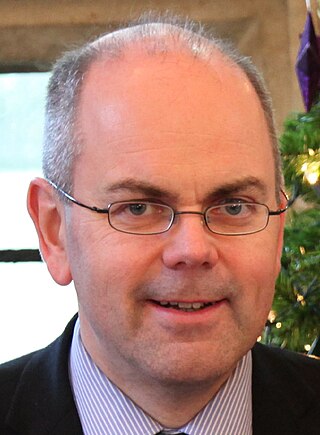
Messe in A is a mass in A major by the English composer Christopher Tambling. The first version was published in 2010, scored for two high voices, the second of them optional, accompanied by organ with optional strings. It was written with boys' choirs in mind, but is also suitable for girls' choirs and women's choirs. A version for four-part choir, organ and optional orchestra was published in 2016.

Messe de minuit pour Noël, H.9, is a mass for four voices and orchestra by Marc-Antoine Charpentier, written in 1694 based on the melodies of ten French Christmas carols. Charpentier called for eight soloists, a duo of two sopranos and two trios of alto, tenor and bass, but it can be performed by five soloists. Choir and orchestra are in four parts, scored for flutes, strings, organ and basso continuo. The mass is regarded as a unique work in both the composer's work and in the genre. While in Charpentier's time, the mass was performed by all-male choirs, it has later been performed and recorded also by mixed choirs with modern instruments.

The Missa brevis in B-flat is a mass in B-flat major by the English composer Christopher Tambling on a commission from the Diocese of Speyer for its annual meeting of church musicians. He composed it in 2013 for mixed choir and organ, with optional parts for tenor voices, brass instruments and tubular bells. It was named a missa brevis on publication, for its brevity, but is also referred to as Missa in B. The piece was first performed and published in 2014.
















